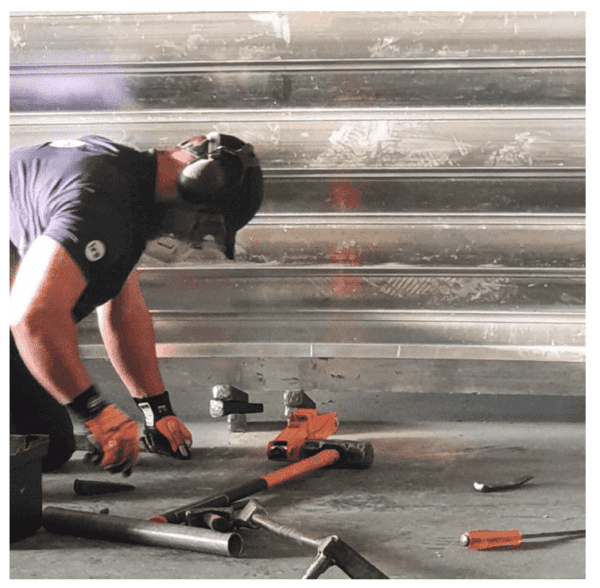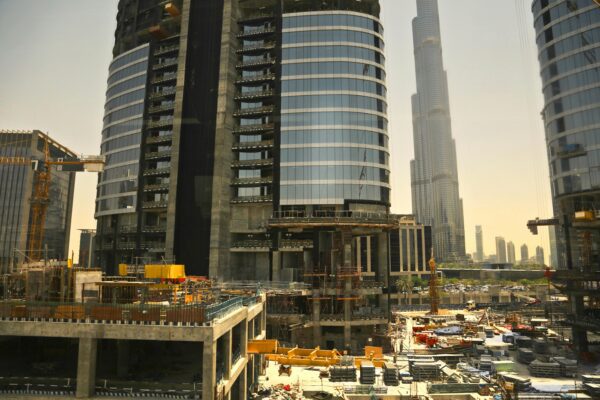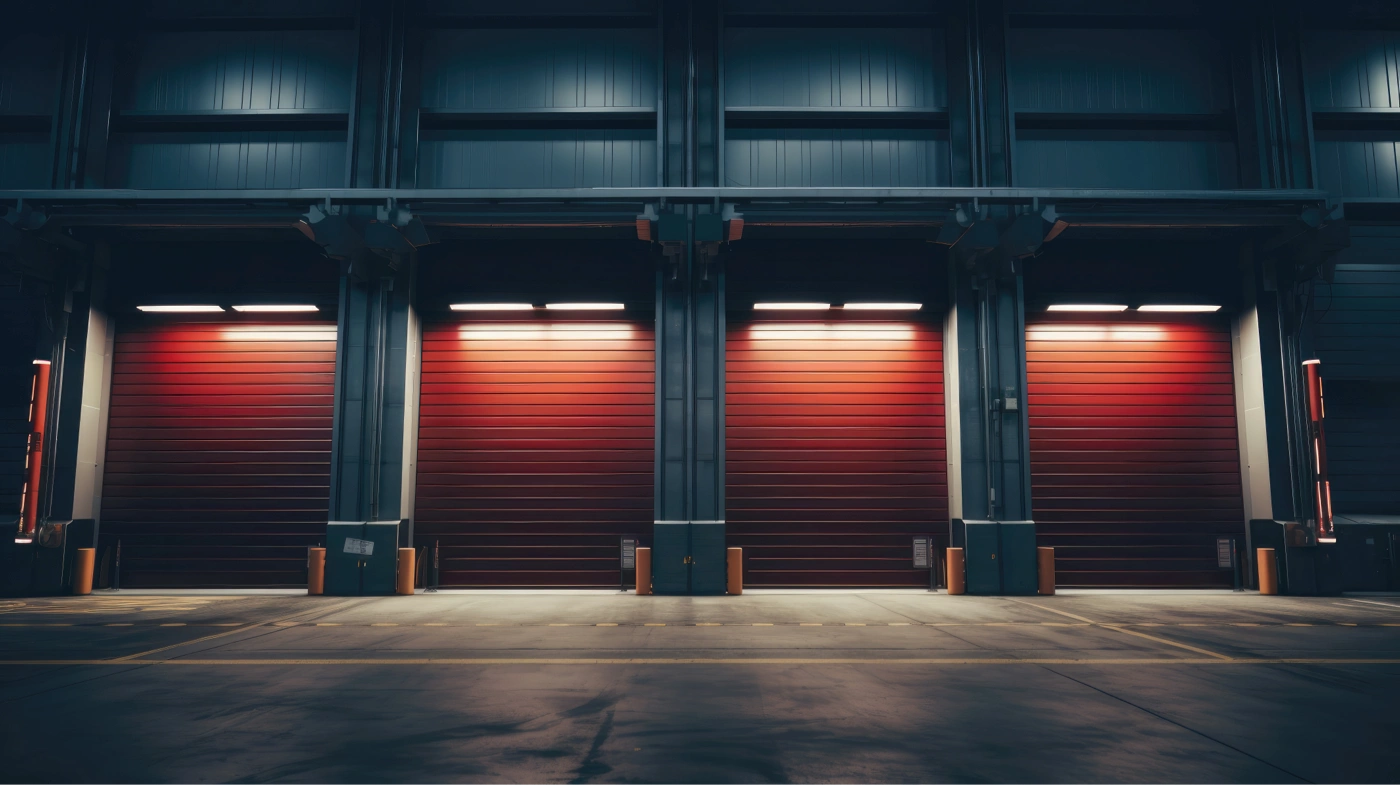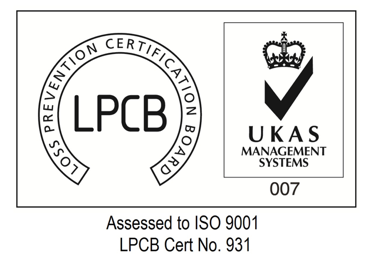What is LPS 1175?
LPS 1175 is part of the Loss Prevention Certification Board’s (LPCB) suite of Loss Prevention Standards, widely recognised across the global fire and security industries. This specific standard focuses on the physical protection of building components against forced entry. Among LPCB’s 75+ standards covering various aspects of fire and security, LPS 1175 uniquely addresses the classification and testing of intruder-resistant products such as security enclosures, strong points, and free-standing barriers.
Products evaluated under LPS 1175 include access covers, bars, cabinets, enclosures, cladding, gates, shutters, sliding doors, walls, and windows. Testing also encompasses all integrated hardware—such as locks, hinges, and padlocks—ensuring that the entire product meets the required security resistance.
Importantly, the certification applies to complete systems rather than individual components. Components must be tested separately under relevant LPCB standards to gain individual certification.
Installation methods are also assessed. The product must be mounted onto a substrate with appropriate strength to withstand attack, in line with its intended specification.

How the LPS 1175 Testing Process Works
Testing begins with a product being submitted to LPCB for evaluation. The manufacturer or supplier specifies the target security classification. This classification includes a letter (indicating the toolset used) and a number (indicating the duration of resistance in minutes).
For instance, a product that withstands a 10-minute attack using Toolkit D is classified as D10.
This system allows customers and specifiers to easily understand the level of protection provided and choose products that match their specific security requirements.

LPS 1175 Issue 8: What’s New?
Issue 8 of LPS 1175 introduced major enhancements, offering greater flexibility in how security classifications are defined. Previously, products were grouped under Security Ratings (SR1–SR8). Now, classifications range from A1 to H20, reflecting both the toolset and resistance time more granularly.
Here’s how the new ratings correspond to the older SR system:
- A1 = SR1
- B3 = SR2
- C5 = SR3
- D10 = SR4
- E10 = SR5
- F10 = SR6
- G10 = SR7
- H20 = SR8
This expanded framework allows specifiers to independently select the threat level (toolkit) and resistance time, enabling highly customised solutions. It also supports the use of layered security approaches—combining products with varying ratings to achieve a cumulative delay time. For example, three layers rated C3, C3, and C5 can offer an 11-minute delay against Category C tools.
Issue 8 also introduces scenarios involving multiple attackers for classifications using toolkits F, G, and H, reflecting real-world threats more accurately.
Global Adoption of LPS 1175
Although not a nationally mandated standard, LPS 1175 is widely used across international markets by stakeholders who prioritise advanced protection. Its relevance lies in its focus on deterring unauthorised access attempts involving physical tools—without relying on noise, vehicles, explosives, or firearms.
That said, LPS 1175 is not designed to assess resistance to mass attacks, such as riots. While products certified under LPS 1175 often perform better than those tested to standards like PAS 24, they are not specifically evaluated for the stresses of mob assaults.
For comprehensive protection, physical barriers should be complemented by early detection systems—ideally at the perimeter. Traditional systems like PIR sensors may only activate once an intruder is already inside. Early-warning systems can significantly extend the time available for an effective security response.

Summary of Key Benefits
BRE’s infographic on LPS 1175 Issue 8 illustrates the wide spectrum of security ratings available, supporting diverse security strategies.
Effective protection is not just about physical resistance. It involves a multi-layered approach—delay, detection, response—and projecting a strong deterrent to potential attackers. The perceived difficulty and risk of an attempted breach should outweigh the perceived reward.
LPS 1175-rated products provide robust assurances for the physical resistance of perimeter barriers (fences, gates, turnstiles), façade elements (doors, windows, walls, roofing), and secondary measures (shutters, grilles, cabinets, and enclosures). Certification confirms their capability to delay and deter unauthorised access while supporting detection and response efforts.
All certified products tested and approved by the LPCB can be found over at redbooklive
Our LPCB-Certified Product Range
We offer a comprehensive selection of LPCB-rated security shutters, ranging from A1 to E10 classifications.
Our latest innovation—the E130 Elite E10 (equivalent to SR5)—is ideal for high-security environments including government buildings, critical infrastructure, and military facilities.
Explore our full range of LPCB-certified shutters here
To speak with our technical team, call 01691 679257 or email hello@aluroll.co.uk
The Security Event 2024

We are excited to be exhibiting at the Security Event, showcasing our range of LPCB certified products and putting them through their paces as part of an LPCB demo each day on shutter strength.
You can visit us on stand 5/K155, where we will be on hand to show you working examples of our LPCB products.

The show runs from 30th April – 2nd May at the NEC in Birmingham. To register for your ticket please go to this link
We look forward to seeing you there.
Benefits of using LPCB accredited Security Shutters

LPCB (Loss Prevention Certification Board) certification is a widely recognized standard in the field of security products, including shutters. LPCB certification indicates that a product has undergone rigorous testing and evaluation to ensure its effectiveness in preventing losses due to criminal activity, fire, or other security threats.
Here are some benefits associated with LPCB-certified shutters:
- High Security Standards:
- LPCB-certified shutters meet stringent security standards set by the Loss Prevention Certification Board. This certification is a mark of quality and reliability in terms of security performance.
- Resistance to Forced Entry:
- LPCB-certified shutters are designed and tested to resist forced entry attempts, providing a robust physical barrier against unauthorized access to buildings or sensitive areas.
- Reliability in Critical Situations:
- LPCB-certified shutters are often chosen for critical infrastructure, government buildings, and other high-security installations where reliability is of utmost importance. These shutters are designed to perform effectively in emergency situations.
- Compliance with Standards:
- LPCB certification ensures that shutters comply with specific standards related to security and fire protection. This compliance provides confidence to end-users and authorities that the shutters meet industry-recognized benchmarks.
- Insurance Approval:
- LPCB certification is often recognized and accepted by insurance companies. Installing LPCB-certified shutters may lead to insurance premium reductions as they demonstrate a commitment to security and risk mitigation.
- Quality Assurance:
- LPCB certification involves regular audits and testing to ensure that the manufacturing processes and materials used in the shutters maintain a high level of quality and consistency.
- Integrity Testing:
- LPCB testing may include integrity tests to evaluate the performance of shutters under various conditions, such as exposure to extreme temperatures or physical impact.
- Durability and Longevity:
- LPCB-certified shutters are built with durable materials and construction methods, ensuring a longer lifespan. This durability reduces the need for frequent maintenance and replacements.
- Public and Government Sector Acceptance:
- LPCB certification is often preferred in public and government sectors where security standards are critical. It provides assurance to stakeholders, including government agencies, that the shutters meet or exceed established security requirements.
- Versatility and Customization:
- LPCB-certified shutters come in various designs and configurations to meet specific security needs. They can be customized to fit different architectural styles and applications.
- Integrated Security Systems:
- LPCB-certified shutters can be integrated into comprehensive security systems, including access control and surveillance, to provide a holistic security solution for buildings and facilities.
It’s important to note that the benefits of LPCB-certified shutters may vary depending on the specific product and its intended application. When considering LPCB-certified shutters, it’s advisable to work with reputable manufacturers or suppliers who can provide detailed information about the certification, testing processes, and the specific features of the shutters.
To view our full range of LPCB approved security shutters follow this link
Or to discuss your project in more detail with one of our expert sales team call us on 0800 977 8975
Security Shutters for Government Buildings

Security shutters play a crucial role in enhancing the protection and safety of government buildings. These shutters are designed to provide a physical barrier against unauthorized access, vandalism, and potential security threats.
Here are some key considerations and benefits of using security shutters for government buildings:
- Physical Barrier:
- Deterrence: Security shutters act as a visible deterrent to potential intruders, discouraging unauthorized access to government facilities.
- Tamper Resistance: High-quality security shutters are often designed to resist tampering, making it difficult for individuals with malicious intent to breach the building.
- Protection Against Forced Entry:
- Reinforced Materials: Security shutters are typically constructed from robust materials such as steel or aluminium, providing a strong barrier against forced entry attempts.
- Locking Mechanisms: Advanced locking systems, including electronic and remote-controlled options, enhance the security level and make it more challenging for unauthorized individuals to manipulate the shutters.
- Privacy and Confidentiality:
- Visual Privacy: Security shutters provide an additional layer of visual privacy for sensitive government operations or classified information.
- Controlled Access: Shutters can be controlled to limit access to specific areas, ensuring that only authorized personnel can enter restricted zones.
- Weather Protection:
- Storm Resistance: Security shutters can offer protection against extreme weather conditions, including storms, hurricanes, and heavy winds, safeguarding the building’s integrity and contents.
- Emergency Situations:
- Rapid Deployment: Some security shutters are designed for rapid deployment in emergency situations, providing quick and effective lockdown capabilities.
- Fire Resistance: Depending on the materials used, security shutters may offer fire-resistant properties, contributing to the overall safety of the building.
- Integration with Security Systems:
- Alarm Integration: Security shutters can be integrated with alarm systems, triggering alerts in the event of an attempted breach.
- Surveillance Compatibility: These shutters can work in tandem with surveillance systems to provide a comprehensive security solution for government buildings.
- Customisation and Aesthetics:
- Architectural Integration: Security shutters can be designed to seamlessly integrate with the architectural aesthetics of government buildings, maintaining a professional appearance.
- Custom Finishes: Some security shutters offer customisation options, allowing government agencies to choose finishes that align with the overall design and branding.
- Compliance and Standards:
- Meeting Regulations: Security shutters can be selected and installed in compliance with relevant security standards and regulations applicable to government facilities.
- Certification: Products suitable for use in Government buildings will, on the whole, require a higher level of security, and these can be found by looking for products with relevant Loss Prevention and Certification Board (LPCB), of which Aluroll have a large number of options
- Maintenance and Durability:
- Low Maintenance: Many security shutters are designed to be low-maintenance, ensuring that they remain in optimal condition without requiring frequent repairs.
- Longevity: High-quality materials and construction contribute to the longevity and reliability of security shutters.
When implementing security shutters for government buildings, it’s crucial to conduct a thorough risk assessment, consider the specific security needs of the facility, and work with reputable suppliers or manufacturers who specialize in security solutions for public and government structures.
Additionally, collaboration with security experts and adherence to local regulations and standards are essential aspects of the planning and implementation process.
Check out the full selection of our Security Shutters here.
TO discuss your project further contact one of our expert sales team on 0800 977 8975


